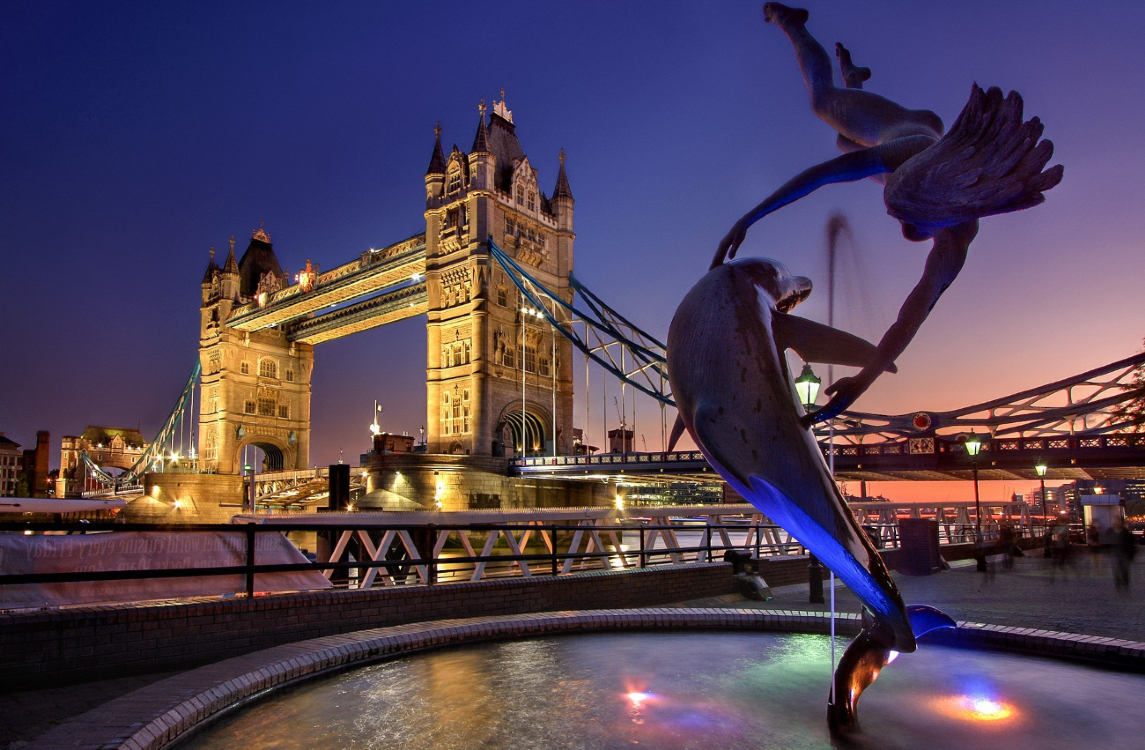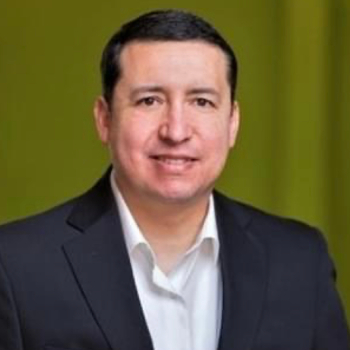Planning Your Group Trip: Key Considerations

So, you did it. You gathered your friends, floated the idea of a group trip, and got a resounding, enthusiastic “YES!” The initial excitement is electric. The group chat is buzzing with dream destinations and exclamation points. You’re already picturing the shared laughter, the epic photos, and the unforgettable memories. But then, a quiet, slightly intimidating question begins to bubble up: Now what? How do you transform this incredible, chaotic cloud of excitement into a tangible, well-executed reality?
The answer, in a word, is planning. While it might not sound as glamorous as exploring ancient ruins or sipping cocktails on a beach, effective planning is the invisible architecture that supports every great group trip. It’s the difference between a journey filled with seamless fun and one plagued by stress, confusion, and frustration. Think of the planning phase not as a chore, but as the very first stage of your adventure—a collaborative project where you build the foundation for the amazing experiences to come.
Just as a group trip magnifies the joy of discovery, the planning process, when done right, can be a bonding experience in itself. It’s where you learn about each other’s travel dreams, combine your strengths, and work together towards a common, wonderful goal. From defining your collective “why” to creating a flexible roadmap and delegating tasks, every step is crucial. So, let’s roll up our sleeves and dive into the key considerations for planning a group trip that everyone will be talking about for all the right reasons.

The Dream Phase: Laying a Strong Foundation
Before you look at a single flight or hotel, the most important work happens: aligning your visions. Every successful group trip begins with a shared understanding of what you want to achieve together. Effective planning is the cornerstone of successful group travel. One of the first steps is to establish clear objectives and goals for the trip. This foundational stage is all about open communication and ensuring everyone feels like a valued part of the process from day one.
First, you must define your collective "why." The most important question to ask your group is: “What kind of trip do we want to have?” The answers can vary wildly, and getting on the same page is essential. Are you looking for a relaxing beach vacation, an adventurous hiking expedition, or a cultural immersion experience? There is no right answer, but there is a right answer for your group. For some, the goal might be a relaxation retreat, leading you to an all-inclusive resort in the Caribbean or a quiet villa where the most strenuous activity is deciding which book to read by the pool. For others craving adrenaline, the trip could be an adventure quest, perhaps trekking the Inca Trail in Peru or skiing in the Alps. Your group might instead prioritize a cultural deep-dive, which points towards exploring the museums of Paris, wandering the ancient streets of Rome, or experiencing the vibrant markets of Kyoto. Sometimes the trip is a celebration centered around an event like a milestone birthday or a wedding, which would heavily influence the destination and vibe, from the nightlife of Las Vegas to a celebratory wine tour in Napa Valley. Defining the purpose will help you narrow down potential destinations that align with everyone’s interests.
Right alongside the "why" comes the equally critical question about budget. Addressing how much everyone is comfortable spending openly and early is the single best thing you can do to prevent future conflicts. Everyone has a different financial situation, and it's vital to find a budget range that works for every single person in the group. Start by discussing a total "all-in" budget range per person, including flights, accommodation, food, and activities. This allows you to immediately filter out destinations that are too expensive. Be honest and create a safe space for people to voice their limits. The goal is to find a sweet spot where no one feels financially strained. Remember, a trip is supposed to relieve stress, not create it.
Now that you have a purpose and a budget, you need to make some decisions. It's essential to have open discussions with all group members to ensure everyone's preferences and expectations are taken into account. Democratic processes work best, and you can leverage simple digital tools to your advantage. A Doodle Poll can effortlessly find the best travel dates that work for everyone's schedule, while a quick survey using Google Forms can help rank potential destinations or types of activities. This gives everyone an equal voice, even the quieter members of the group. For a more visual approach, a shared Pinterest board allows everyone to pin ideas for destinations, accommodations, and activities, helping to build a collective vision of the dream trip. The key during this phase is to listen and make sure every member of the group feels heard.
The Blueprint: Crafting a Flexible and Fun Itinerary
Once the objectives are clear and you've chosen a destination, it’s time to start building the framework of your trip. Creating a detailed itinerary is crucial, and this document will be your north star, guiding you through your adventure. However, the best itineraries are built with wiggle room.
Your logistical planning will revolve around a trifecta of concerns: accommodation, transport, and food. For accommodations, renting a large house or apartment through services like Airbnb or Vrbo is often the best choice for groups, as it’s cost-effective and provides invaluable communal spaces. Next comes transportation. You’ll need to figure out how you’re getting there, such as coordinating flights, and how you’ll get around at your destination, whether through a large rental van or group passes for public transportation. Finally, you'll want to consider your food strategy. Planning a few key meals, like reservations at "must-try" restaurants and some meals cooked together at your accommodation, can be a great anchor for your itinerary.
One of the biggest challenges in group travel is catering to different energy levels and interests. It's important to strike a balance between structured activities and free time. A great way to structure a day is to plan one main group activity and leave the rest of the day more open. This creates an "anchor" for the day while giving people autonomy. Imagine a day in Lisbon: the group might start the morning together with a guided walking tour of the Alfama district. For lunch, you could head to a food market where everyone can choose their own meal from different stalls. The afternoon could then be set aside for free time, allowing people to split up based on interest before everyone reconvenes for a pre-booked Fado dinner in the evening. This approach ensures you share key experiences while respecting individual needs for independence and rest.
No matter how perfectly you plan, things will change. The key is to stay flexible, as rigid schedules can lead to stress and conflicts. A well-thought-out itinerary should serve as a guide rather than a strict timetable. Build in buffer time between activities and have a list of backup ideas in case of bad weather or other surprises. The most memorable moments of a trip often happen in the unplanned, spontaneous detours.
The A-Team: Assembling Your Planning Crew
Planning a group trip can be a monumental task for one person. To avoid burnout and make the process more enjoyable, it’s essential to delegate. Another critical aspect of planning is assigning roles and responsibilities. This approach leverages everyone's strengths and fosters a sense of shared ownership over the trip.
Designating individuals to handle specific tasks not only distributes the workload but also ensures that no single person is overwhelmed. When one person becomes the de facto planner, it can lead to resentment and frustration. By creating a planning "committee," you make the process a true team effort.
You can tailor these roles to your group’s specific needs and skills. This team could include a "Travel Agent," or Transportation Lead, who is in charge of all things movement, from researching flight deals to figuring out ground transportation. Working alongside them might be the "Innkeeper," your Accommodation Lead, a detail-oriented person perfect for sifting through lodging options, reading reviews, and handling the final booking. Then there's the "Treasurer," or Finance Lead, who manages the group's funds by setting up a system like Splitwise to track shared expenses and collect payments. The fun-loving "Cruise Director," your Activities and Food Lead, can take charge of researching tours, booking tickets, and making dinner reservations. Tying it all together is the "Communicator," or Chief Information Officer, who acts as the central hub for information by managing the group chat and sending out regular updates.
Clear communication and collaboration are essential to avoid misunderstandings and ensure that everyone is on the same page. The person assigned to each role should provide regular updates to the group, perhaps presenting their top choices for a group vote. Regular check-ins can help keep the planning process on track and address any concerns that may arise before they become major issues.
The Final Stretch: Booking, Packing, and Pre-Trip Huddle
With a solid plan and a dedicated team, you’re ready to move from dreaming to doing. This is the phase where you make the commitments and lock in your trip. Establish a clear timeline for bookings, as flights and unique accommodations should generally be secured several months in advance. Create a deadline for when everyone needs to send their portion of the deposit money to the Treasurer to ensure accountability. Once things are booked, the Communicator should gather all confirmation numbers and put them in a central, shared place like a Google Doc.
About a week or two before you leave, schedule one final group meeting. The purpose of this huddle is to do a final run-through of the itinerary, confirm all travel details like flight times and addresses, share emergency contact information, discuss a loose packing list, and answer any last-minute questions. Most importantly, this meeting serves to build up that final burst of pre-trip excitement and get everyone ready for the adventure ahead.

Your Adventure Awaits
Planning a group trip is a journey in itself. It requires patience, communication, and a healthy dose of compromise. But when you invest the time and effort to build a trip together, the rewards are immeasurable. You don't just end up with a well-organized vacation; you end up with a stronger, more connected group, a shared sense of accomplishment, and an adventure that everyone feels deeply a part of.
The planning process sets the tone for the entire experience. By ensuring everyone’s voice is heard, every detail is considered, and every person plays a role, you create a foundation of mutual respect and excitement. So embrace the spreadsheets, dive into the research, and enjoy the collaborative spirit of building your perfect getaway. The shared adventure has already begun.
About the Writer: Tom Mendez, the passionate travel curator behind Mendez & Associates Travel LLC (The Bespoked Traveler), believes that travel should be nothing short of extraordinary. With a knack for travel insights and a deep understanding of what makes a journey truly special, he'll craft personalized itineraries that turn travel dreams into unforgettable realities. Ready to transform your travel aspirations into your next great adventure? Book a complimentary consultation with Tom today via this booking page and let the journey begin.


